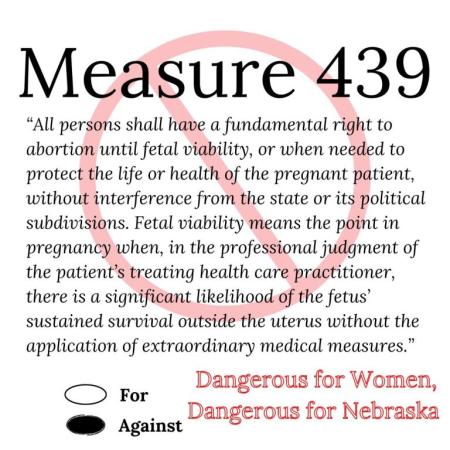Cultural conservatives shouldn’t feel too giddy over Donald Trump’s victory. The election also marked the victory of abortion as a woman’s “right.”
It wasn’t that Kamala Harris and the Democrats were successful in making abortion a winning issue for their cause. Rather, the election showed that conservative Trump supporters also support abortion.
Harris planned to turn out legions of women voters to punish Trump for appointing the Supreme Court justices who overturned Roe v. Wade. But nearly half of pro-abortion voters knew Trump was no threat to what Harris called their “fundamental right” to abort their children. According to the exit polls, 47% of those who believe abortion should be legal “in most cases” voted for Trump.
Trump’s position is that questions about the legality of abortion should be left to each state. Though some state legislatures banned or heavily restricted abortion once they were allowed to, pro-abortion activists have been pushing through referendums allowing the public to vote on the matter. And in state after state, the pro-abortion side has been winning.
In this election, ten states had abortion on the ballot. In seven of the states (Maryland, Colorado, Arizona, Montana, Nevada, New York), abortion is already legal and the purpose of the referendums to enshrine that right in the state constitutions. All of these measures passed.
Missouri, the state that has a confessional Lutheran synod named after it, voted 52% to 48% to overturn its existing ban. The show-me state thus joins Ohio, Kentucky, Michigan, and Kansas whose voters earlier passed pro-abortion referendums.
There was a bit of good news for the pro-life cause in the recent election. Florida voted down the referendum that would replace its restrictions with a constitutional amendment removing them. Not because most Floridians didn’t want to, but because amending that state’s constitution requires a 60% vote, whereas only received a majority of 57%.
More straightforward pro-life victories came from Nebraska (sort of) and South Dakota, both of which voted “no” on their pro-abortion referendums. In fact, Nebraska not only voted “no” against legalizing abortion until viability, it voted “yes” to another referendum prohibiting abortion after the first trimester (which is not the same, though, as prohibiting abortion).
South Dakota voted flat-out to keep their near total ban except to save the life of the mother, in place.
In another pro-life win, West Virginia voted “no” to euthanasia, a.k.a. physician-assisted suicide.
It is no surprise that progressive states like New York and California think taking the life of an unborn child should be a woman’s right. But notice the political orientation of these states that have passed pro-abortion referendums, as measured by their vote for Trump:
Missouri (58.5%)
Montana (58.9%)
Ohio (55.1%)
Michigan (49.8%)
Kansas (57.3%)
The point is, now a good number of conservatives are now pro-abortion. Abortion is out of the Republican platform. Trump’s victory will be taken as evidence that to win Republicans will need to drop the issue.
Where does this leave pro-lifers? Well, there are still states in which abortion is still illegal: Alabama, Arkansas, Idaho, Indiana, Louisiana, Mississippi, North Dakota, Oklahoma, South Dakota, Tennessee, Texas, and West Virginia. Keeping them pro-life will probably be a continual struggle that is worth fighting.
When pro-lifers are out of political power, their strategy must switch to persuasion. In the last years of Roe v. Wade, they were quite successful at that, as abortion rates went down. Ironically, after Roe v. Wade went down, abortion rates and abortion acceptability have shot up. Persuasion is a worthy mission. As is providing material care for women in “problem pregnancies.”
That likely means, though, that the pro-abortion zealots will next try to criminalize persuasion–as they have in Great Britain–and to criminalize crisis pregnancy centers, as Attorney General Kamala Harris tried to do in California. Be glad she isn’t president.
Pro-lifers must do what they can. In the meantime, they can build a culture of life in their own families, churches, and personal networks.
Illustration via Nebraska Right to Life.











